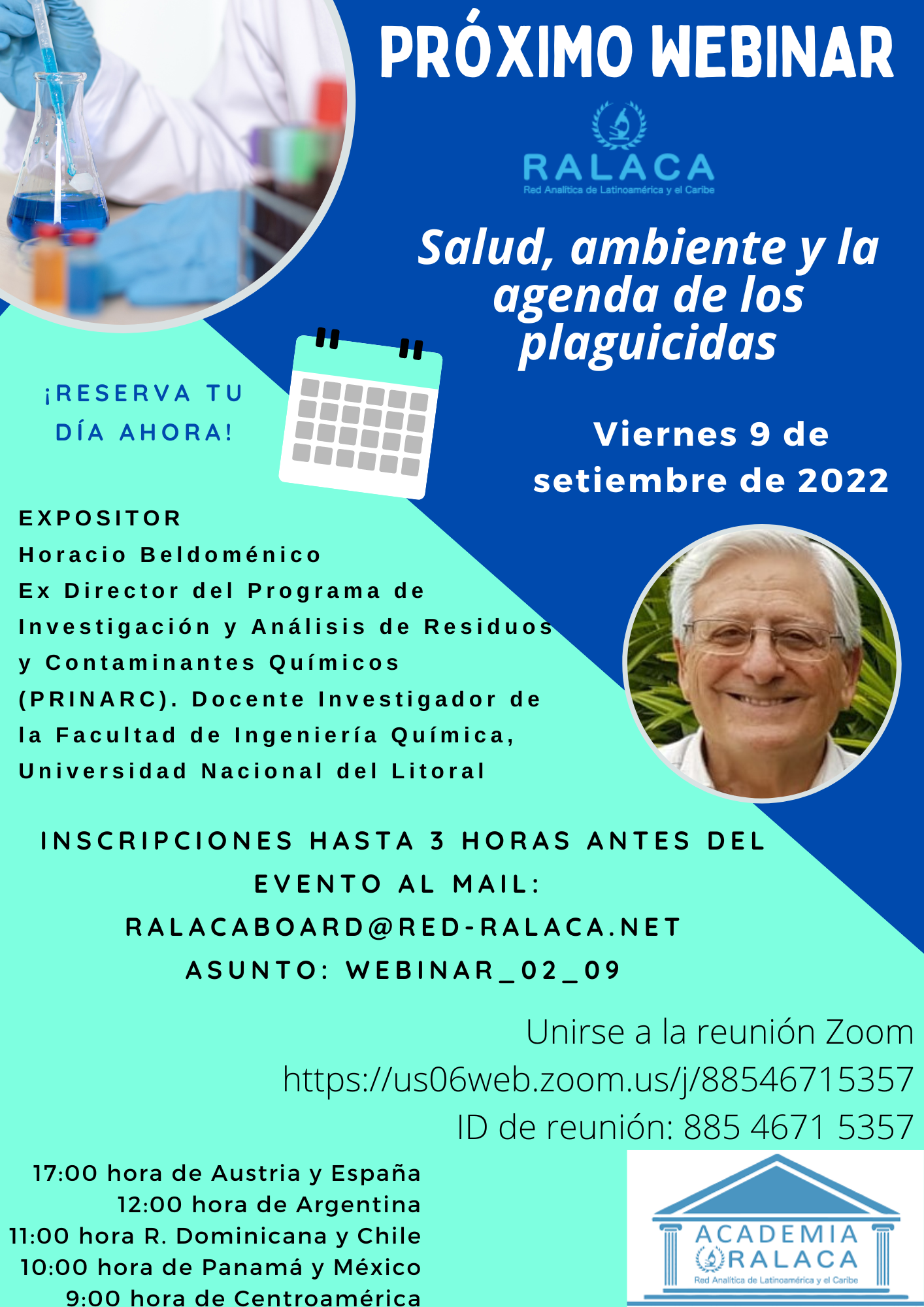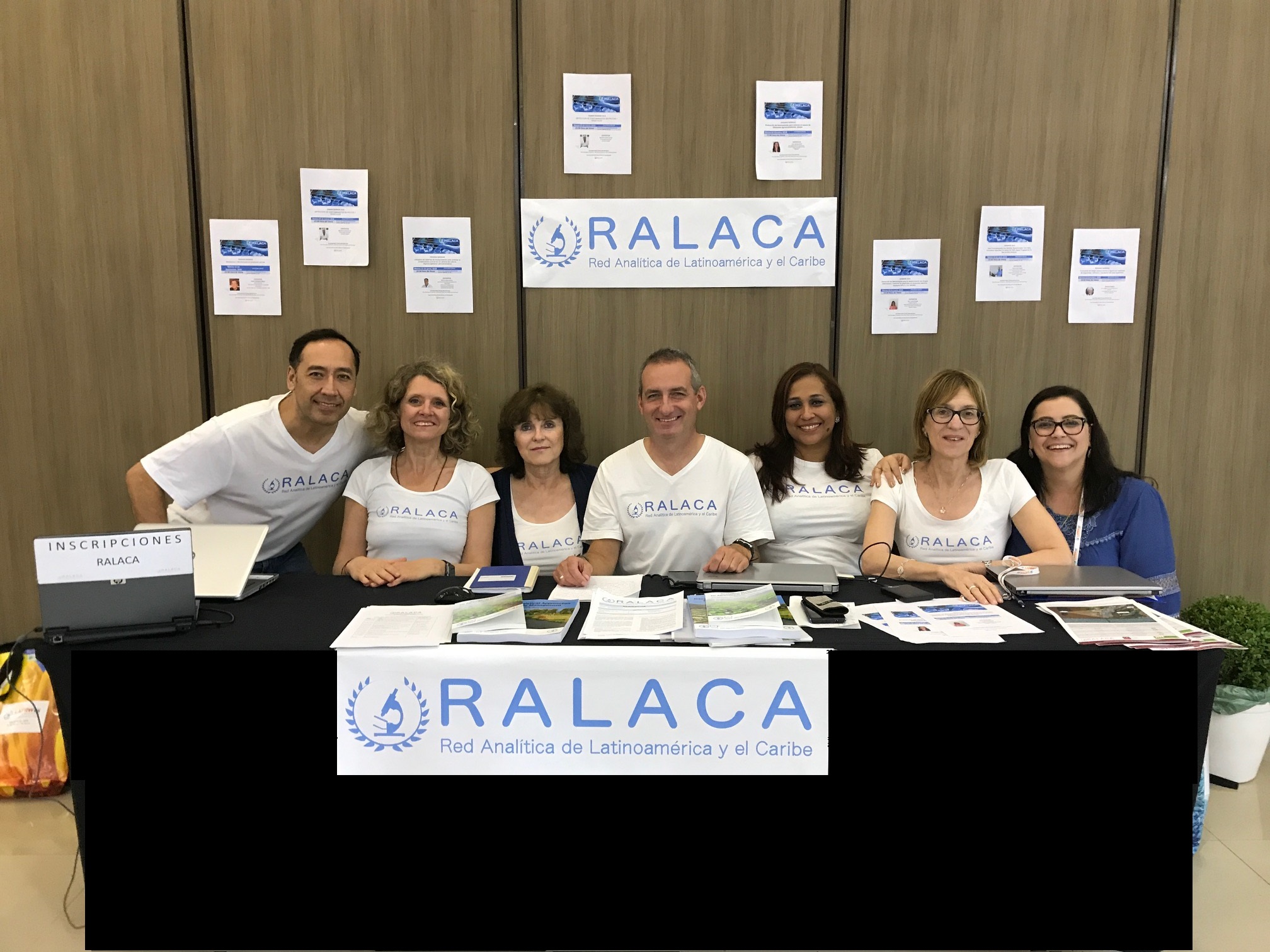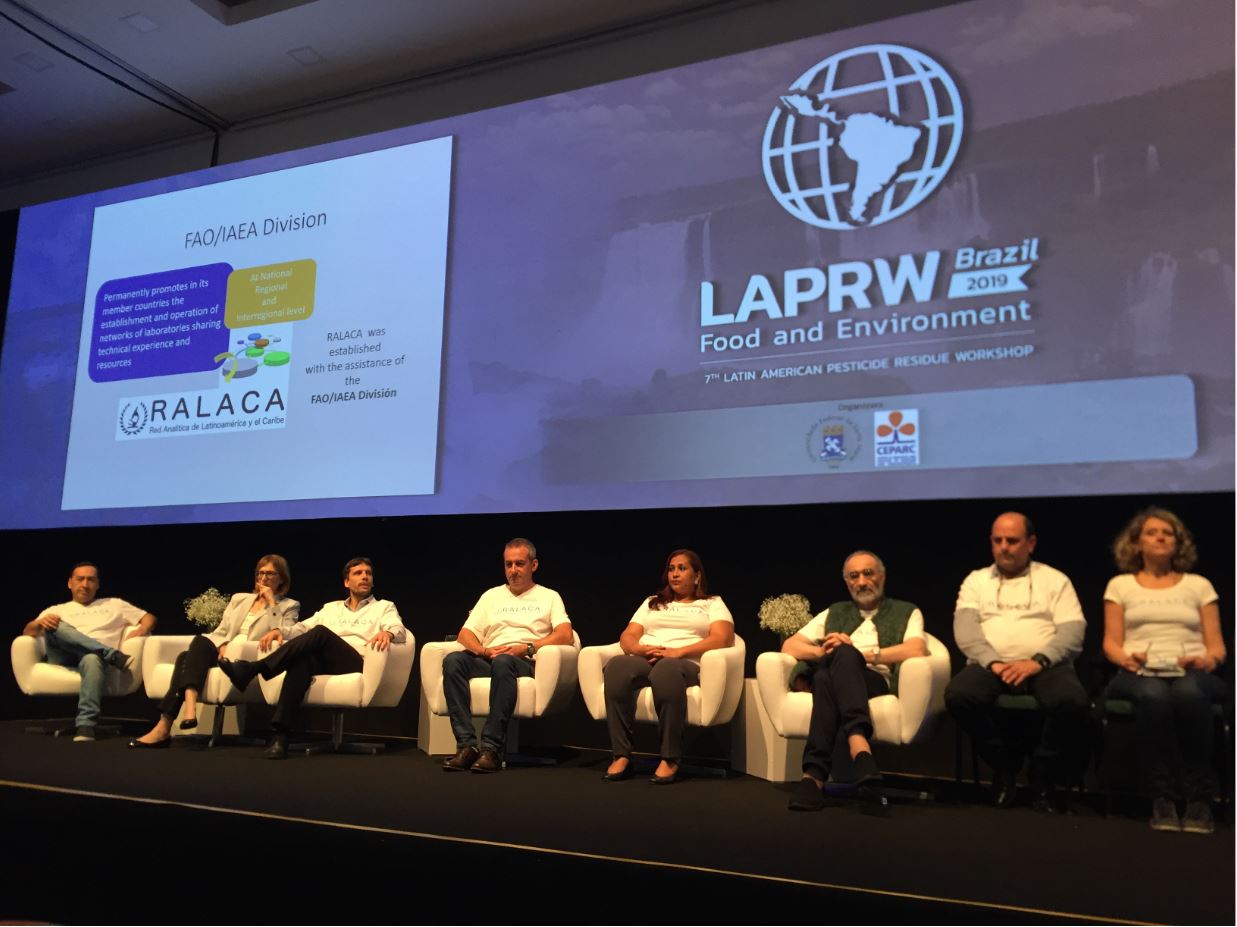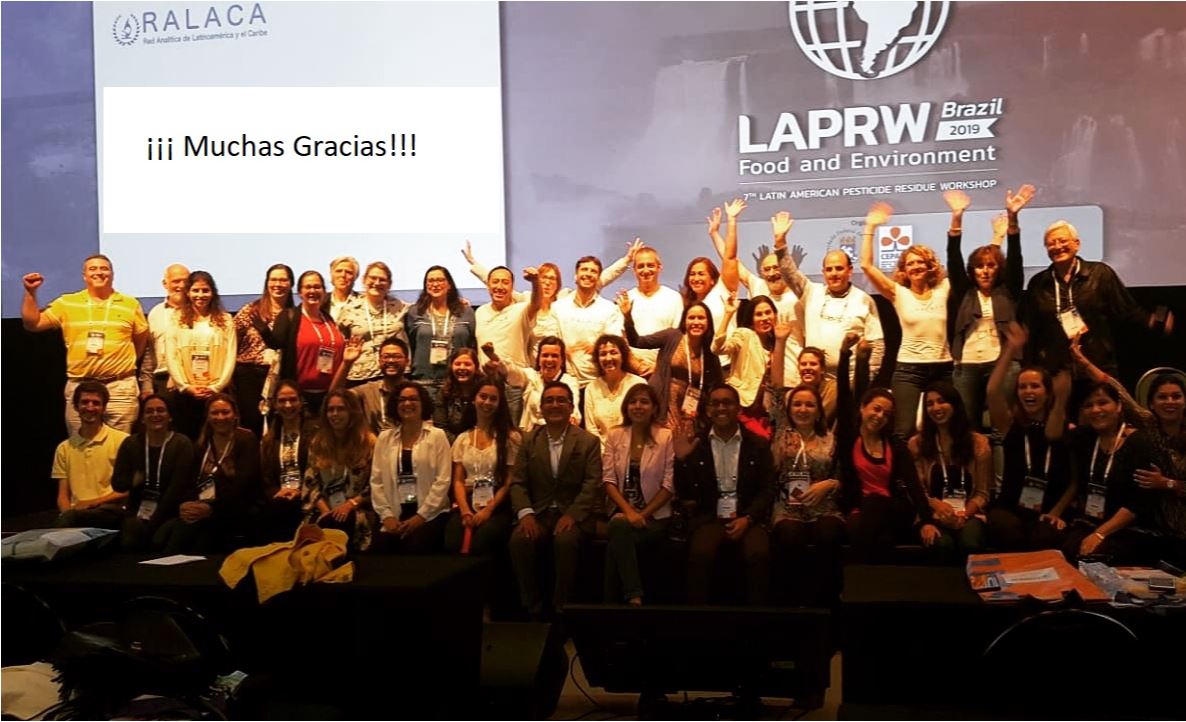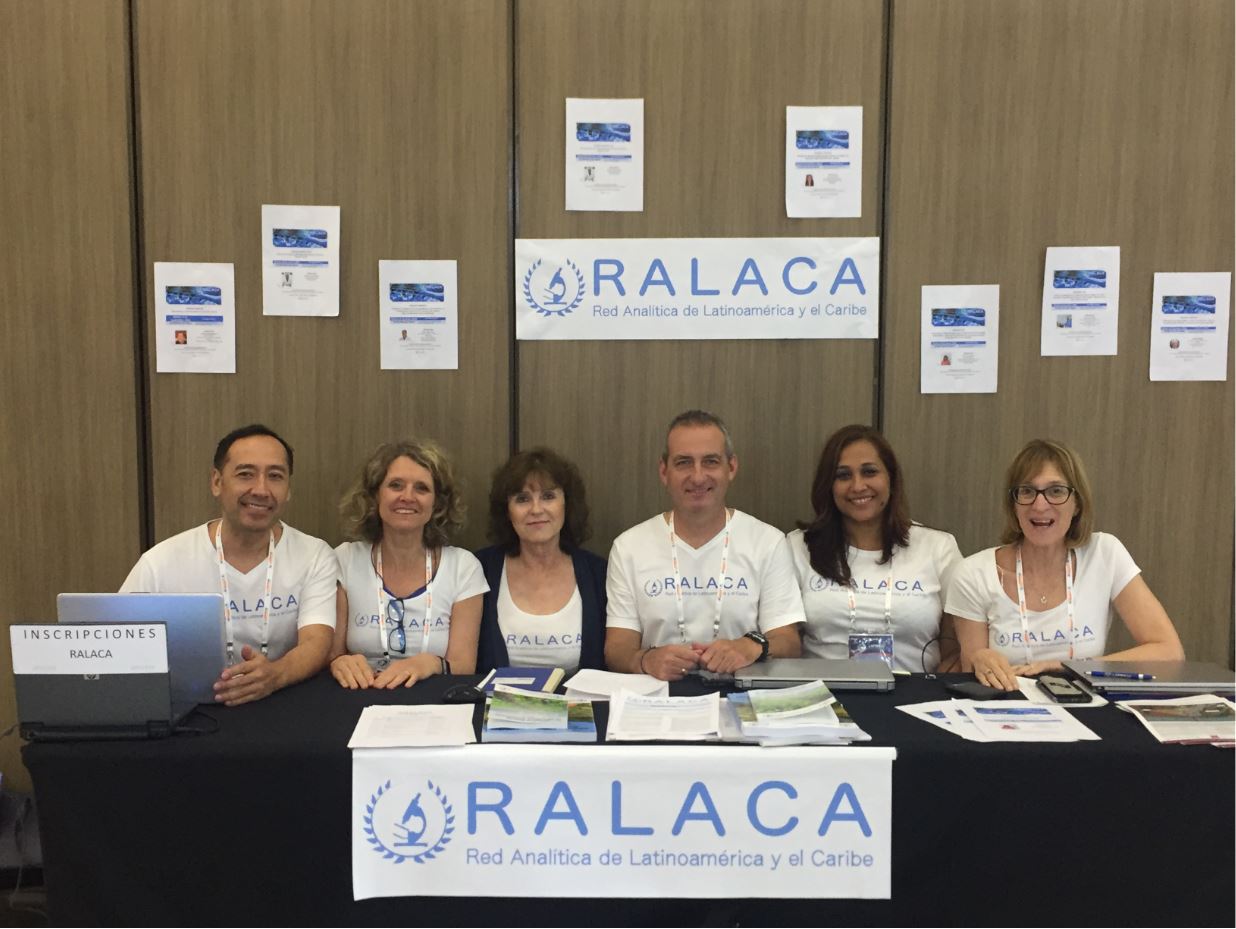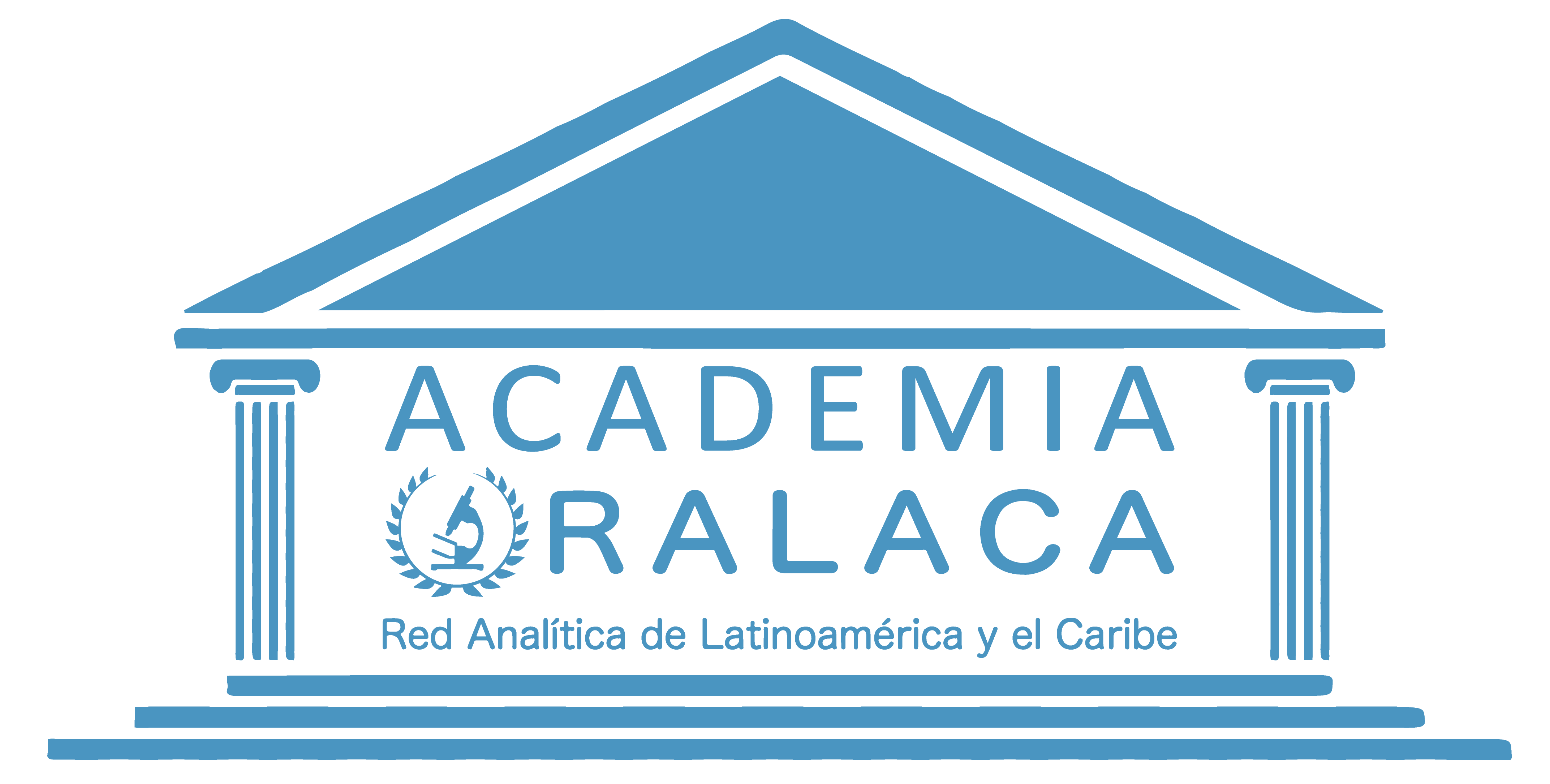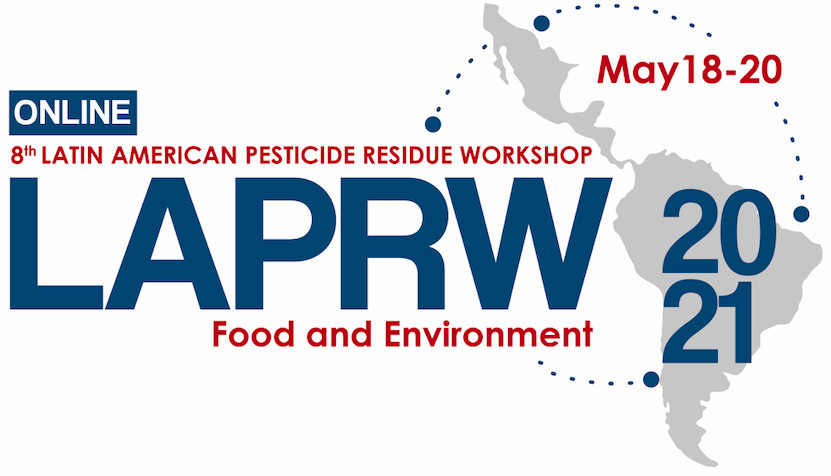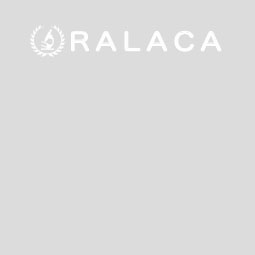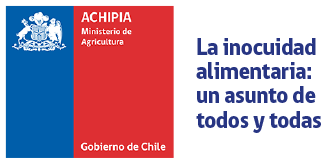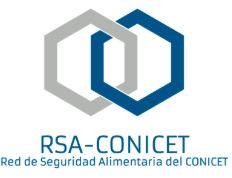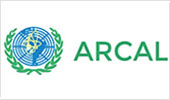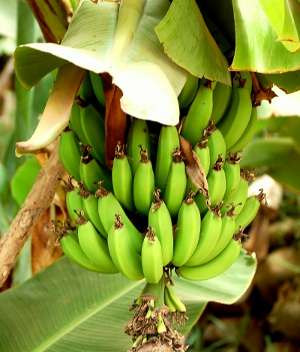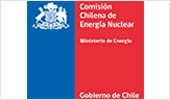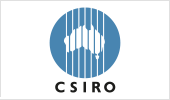|
|
|
|
Contact person in the laboratory: |
Agripina Ramírez Sánchez |
|
Email of contact person: |
This email address is being protected from spambots. You need JavaScript enabled to view it. |
|
Mandate of the Laboratory: |
The IIBI is created with the clear institutional mandate of carrying out research, development and innovation within the leading industrial technologies, with a priority emphasis on biotechnologies (agro-food, biomedical, environmental, industrial and pharmaceutical) within the Dominican Republic. |
|
Role in the farm-to-fork chain: |
To carry out research, development and innovation within leading industrial technologies, with a priority emphasis on biotechnology and analytical service. |
|
National Reference Laboratory: |
No |
|
Type of contaminants analysed: |
Heavy Metals and Pesticide Residues |
|
Matrices analysed: |
Soils, water , Food, and Feed |
|
Combination matrices and contaminants |
Soils, water , Food, and Feed analysed heavy metal Arsénico (As), Boro (B), Cadmio (Ca), Cobalto (Co), Cromo (Cr), Cobre (Cu), Mercurio (Hg), Plomo (Pb), Antimonio (Sb), Zinc (Zn) and pesticedes Alpha bhc, Gamma, Beta, Delta, Aldrin, cis-Clordane trans-Clordane, Dieldrin, Endosulfan alfa, Endosulfan beta, Endosulfan sulfato, Endrín, Endrin aldehide Endrín ketona, Heptachlor, Heptachloro epoxide b, 4,4 dde, Ddt, Ddd, Diclorvos, Etoprofos, Dislfoton, Paration metil, Fenclorfos, Clorpirifos, Protiofos, Tiozanin, Sulfotep, Phorate, Phanphur, Deltametrina. |
|
Description of validated method used: |
Heavy metal in water, soil food and feed by flame atomic absorption spectroscopy and pesticide residues in water, soil, food and feed by GC-MS/MS. |
|
Laboratory accredited according to |
Yes. (ECA) |
|
Provision of interpretation of residue |
No |
|
Laboratory certified according to GLP: |
No |
 Vienna, Austria
Vienna, Austria  ralacaboard@red-ralaca.net
ralacaboard@red-ralaca.net




Special Events
Latest News
!Congreso LAPRW 2023
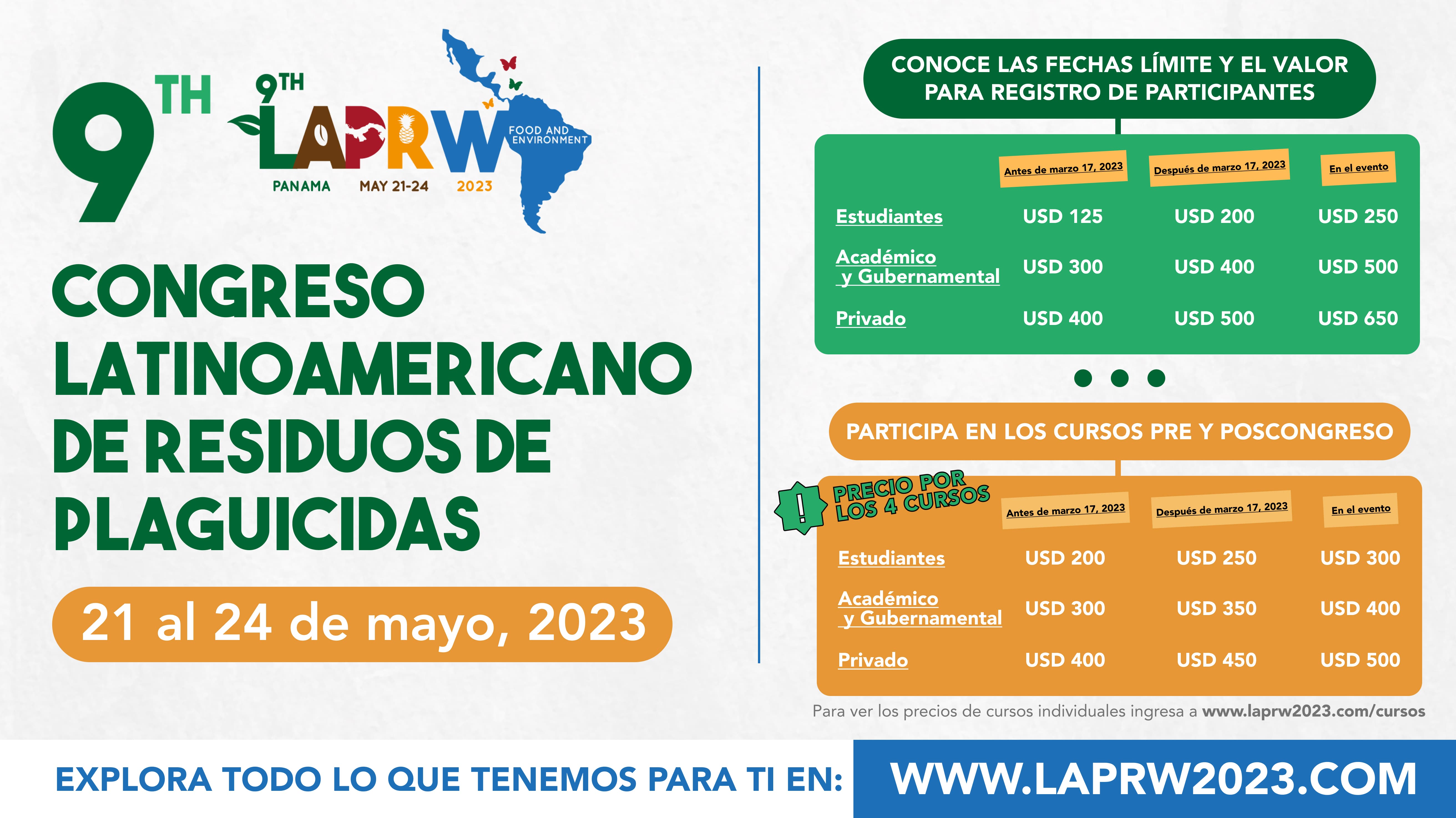
CONVOCATORIA FAO/WHO

Do you work with data? Here's a chance to harmonize individual quantitative food consumption data and publish it in FAO statistical databases. |
|
|
LARAS Chile 2021
Les invitamos al 2nd LARAS: Latin American and Caribbean Risk Assessment Chile 2021
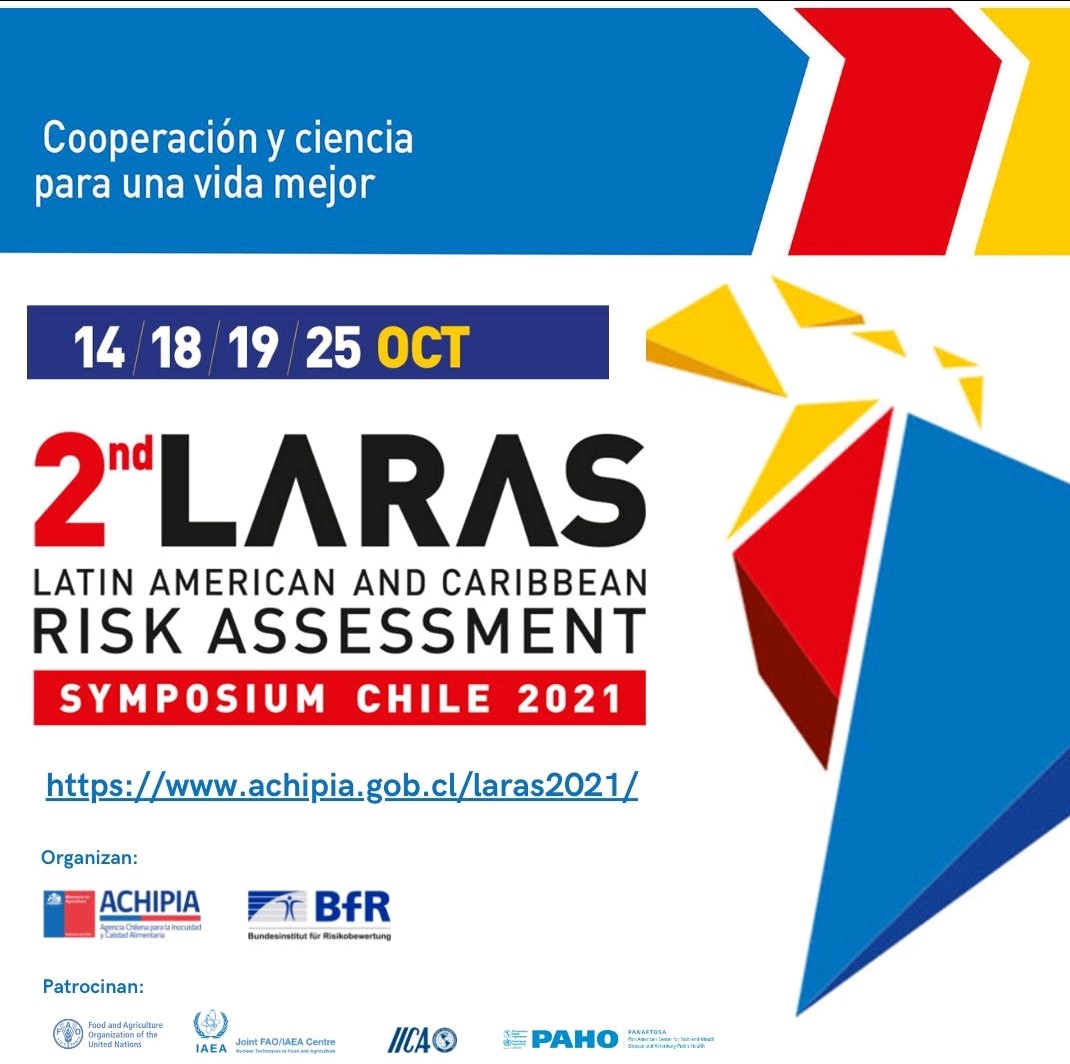
Webinar: “Salud, ambiente y la agenda de plaguicidas”
